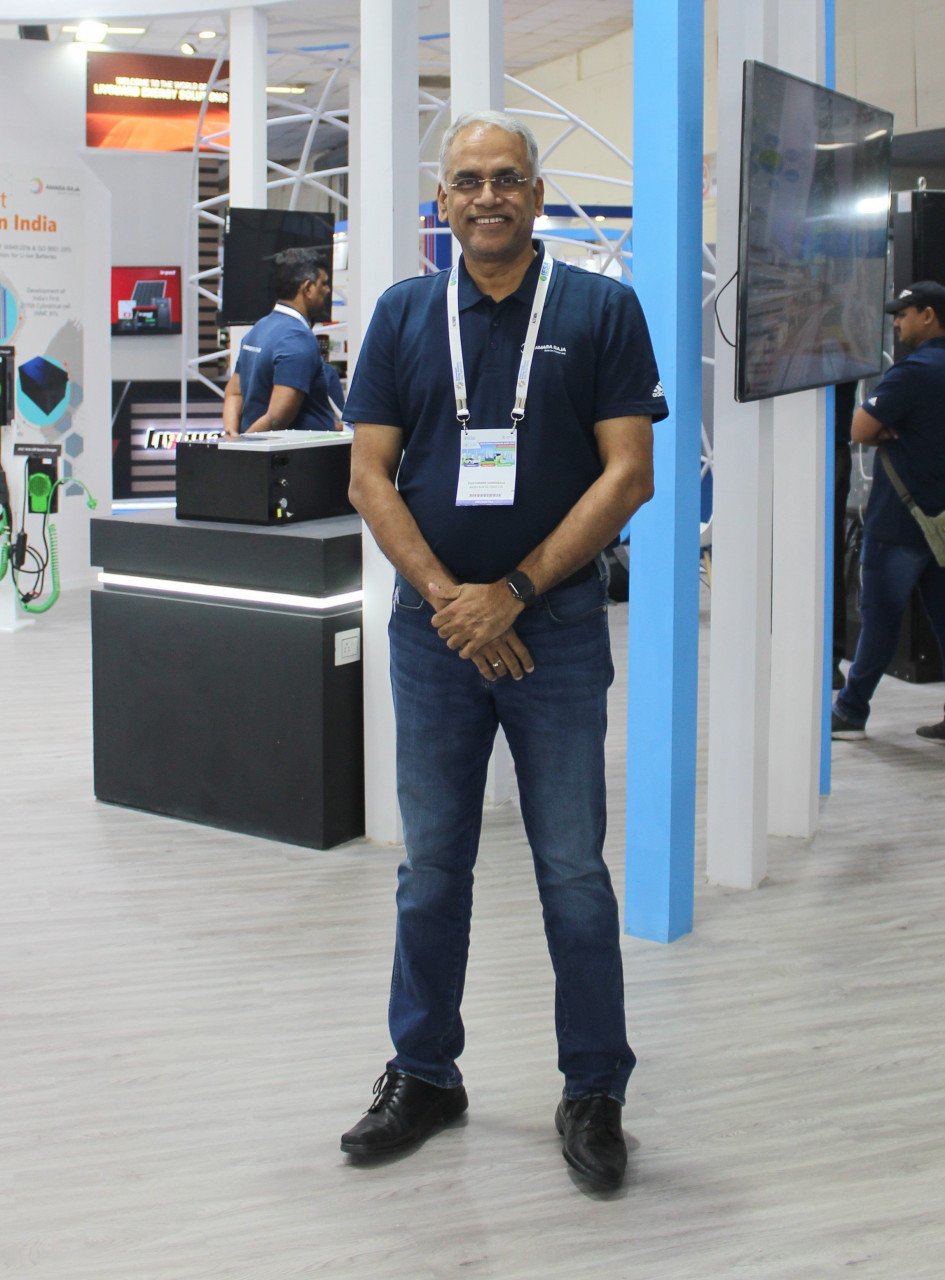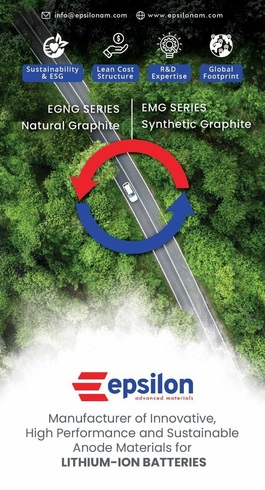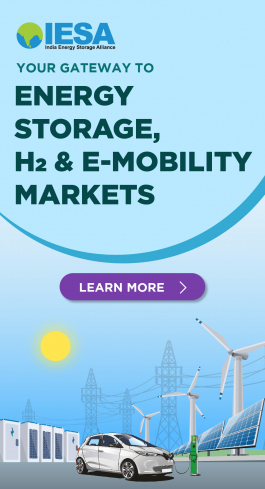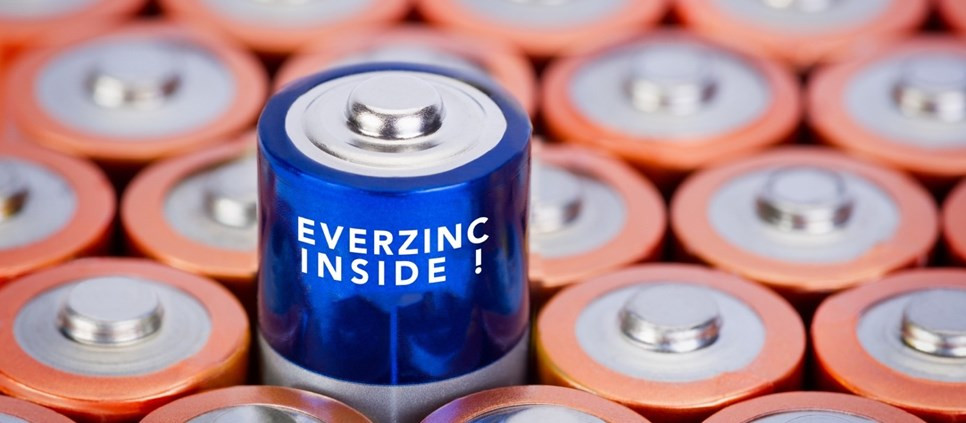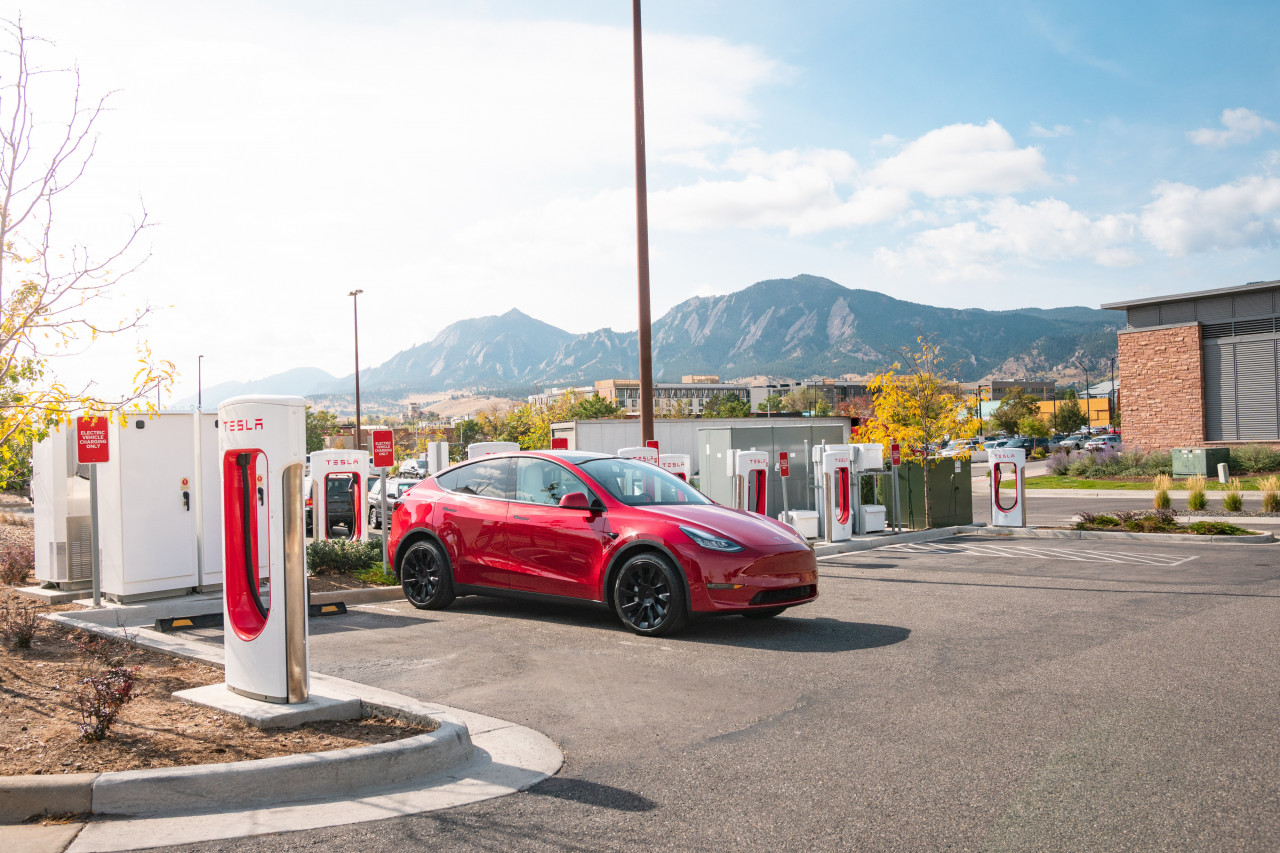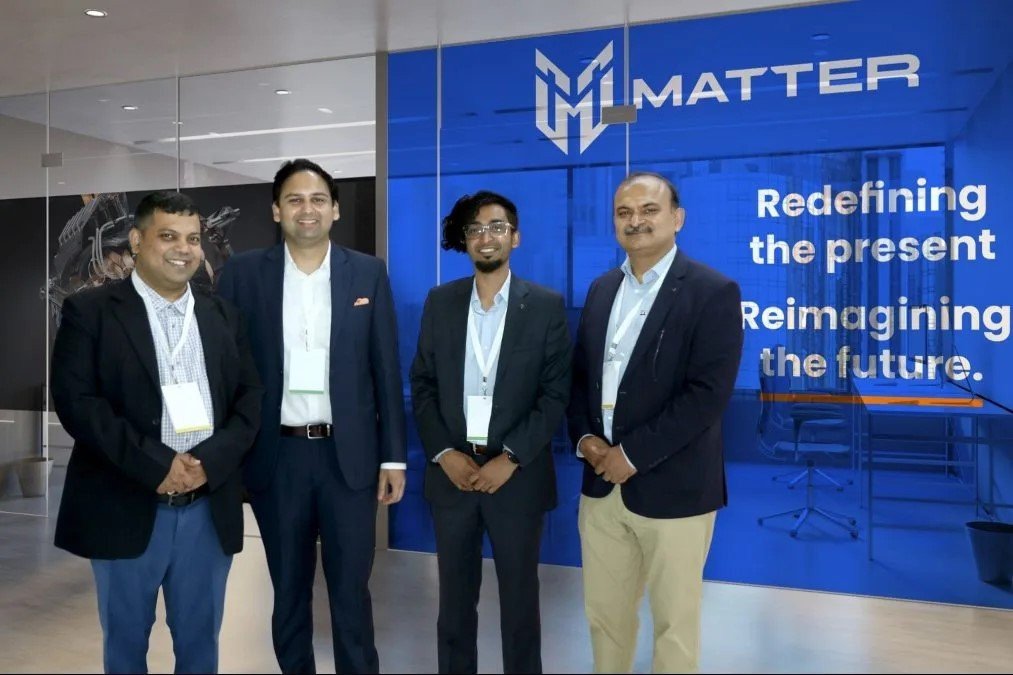Amara Raja embracing lithium technologies, battery recycling | Interview
Vijayanand Samudrala, President (New Energy) - Amara Raja Batteries, spoke to ETN briefly on the emerging trends in the Indian battery storage space and the impact of lithium-ion technologies on his company's investment strategies and conventional businesses including Lead-Acid (LA) battery products.
Indian battery major Amara Raja Batteries Limited (ARBL) is a force to reckon with in the traditional lead-acid batteries market in the country, catering to a variety of sectors including automotive, industrial, telecom, domestic power storage (UPS), and railways to name a few. In recent years, with the turn of the global battery industry towards lithium-ion technologies aided by rapid technological evolution and humongous market demand, the company is spreading its wings to explore 'new energy' opportunities by leveraging its core strengths and vision.
Case in point is Amara Raja's ₹ 9,500 crores investment over the next ten years in establishing state-of-the-art research and manufacturing facilities for lithium-ion batteries in India. The Amara Raja Giga Corridor coming up in Telangana is targeting to manufacture advanced lithium-ion battery cells to the capacity up to 16 GWh, including a battery pack assembly unit capacity of up to 5 GWh in the coming years. R&D on advanced chemistries is one of the company's core strategy, along with rapid localization of battery materials and export of finished cells to the global markets.
Excerpts:
Amararaja is big in batteries. In recent times, the industry's bet is high on lithium-ion technology, which is also undergoing tremendous evolution in terms of chemistry and innovation. How does your company strategize in terms of investments and long-term planning?
It is very clear that the lithium-ion technologies in variants of NMC and LFP chemistries are here to stay for mobility applications. India is going to largely electrify light electric vehicles (LEVs) in phase-I, and I think there is a general alignment among vehicle manufacturers and suppliers as to what kind of lithium-ion chemistry will work for different segments, considering their unique energy, life-cycle, and safety requirements.
RELATED: IESW 2023: Vikramadithya Gourineni, ED - Amara Raja Batteries | Interview
So, in our mind, we are clear that the battery chemistries have to be both NMC and LFP chemistry. As far as form factor is concerned, cylindrical and prismatic types are more likely to be suitable for light EVs; they work very well even in the stationary energy storage applications. Our investments in the first phase will focus on those chemistries and form factors. However, the challenges associated with the sourcing of material are not yet reckoned with. India needs to be self-reliant on mineral availability, which is very critical for the sustenance of the battery industry.
In terms of traditional technologies like lead-acid, which has a strong market in automotive applications as starter batteries, what sort of technological and market transformations are expected in that space?
I think there will be some advancements made on the metal efficiency and battery performance, which is relatively incremental. I do not foresee a very disruptive innovation happening on the lead-acid side right now. But people like us who have large scale operations will continue to focus on enhanced operational efficiency, performance and range improvements, and wider access to the market. There is a typical organic momentum-based growth approach that we would like to take. The opportunity is very much there, as lead-acid cannot be written off for the next decade or so, the products will continue to be there and grow in the market. Maybe, the growth rates will be moderated depending on how the market evolves.
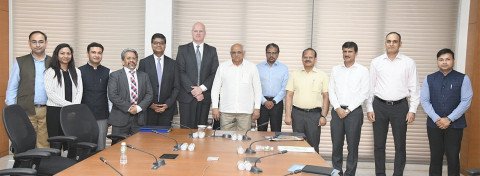
Tata Group to set up 20 GW battery gigafactory in Gujarat
Can there be a cross adoption of lithium-ion technology in those traditional battery segments like that of automotive starter batteries?
At this point in time, it's being tried out. But I do not see, based on various analysis we did, a wholesome shift to lithium based automotive batteries immediately. Some vehicle platforms might adopt the same, but not on a large scale.
Regarding reuse and recycling of used batteries that has become a mainstay discussion in Europe and US, is India still taking the backseat? How active is Amararaja in this regard?
For most of the battery systems, recycling will be an integral part of the overall strategy. At the national level, we need to have systems in place to collect used batteries, put them back into the recycling loop and then recover materials to make new batteries. This is inevitable and cannot be ignored.
As far as Amararaja is concerned, we've always had a strategic approach to this; we have partners who are doing recycling for us; we collect scrap batteries even on the lead-acid side. We are now investing in our own recycling facility for lead acid batteries. For lithium-ion recycling, we need to wait for scale for investments. I'm sure there a few startups who are doing recycling, but technology also has to mature to improve the recovery efficiency. It has to go through that maturity phase, and Amararaja will work with the partners who have those capabilities to ensure that the circular economy framework is fully applied. Whether we will invest in recycling at this point is not a decision we need to take today. We are ready, and will do when we reach the required scale.



